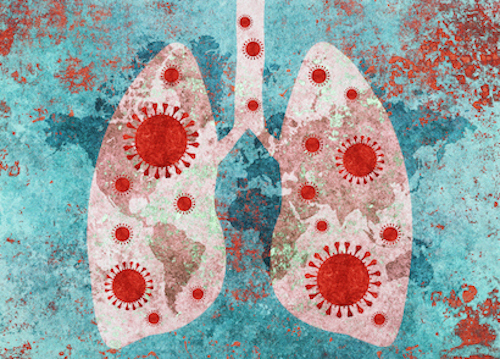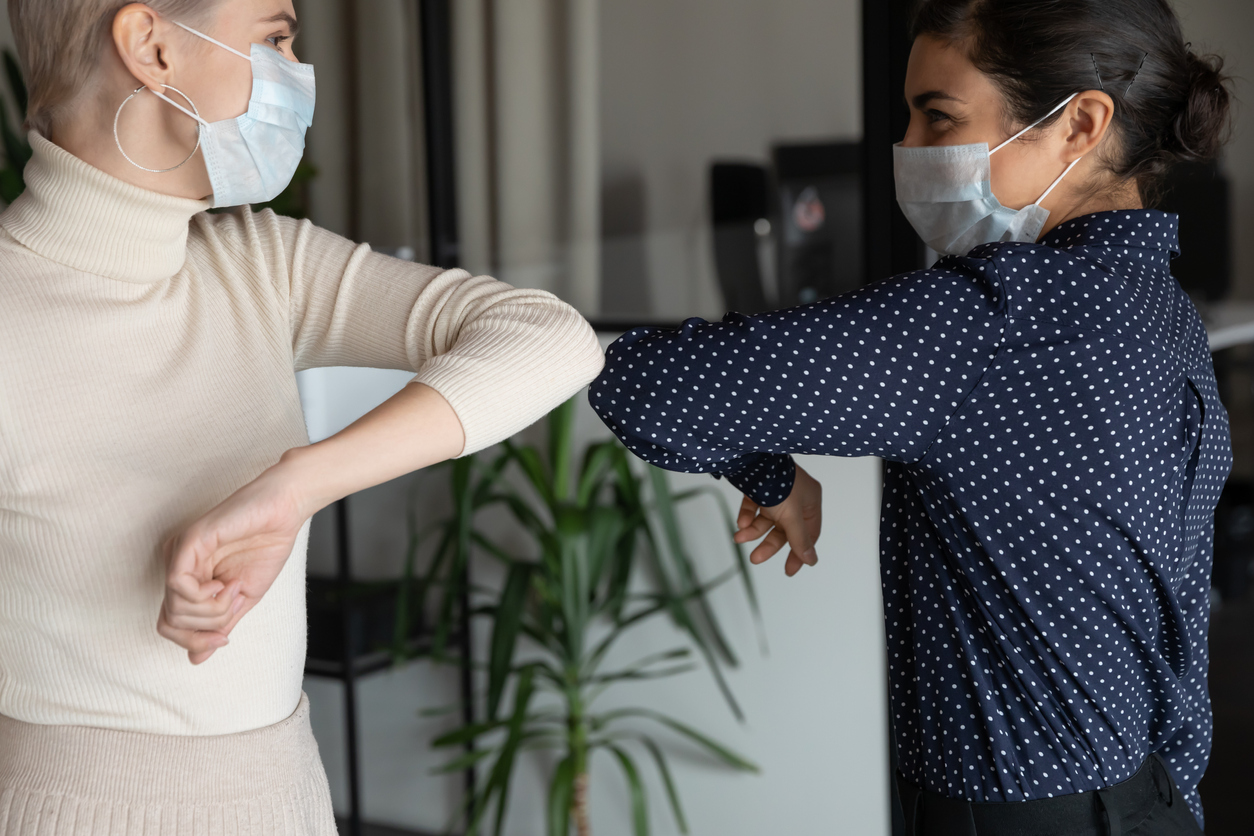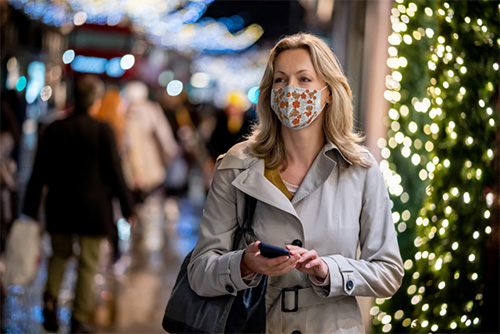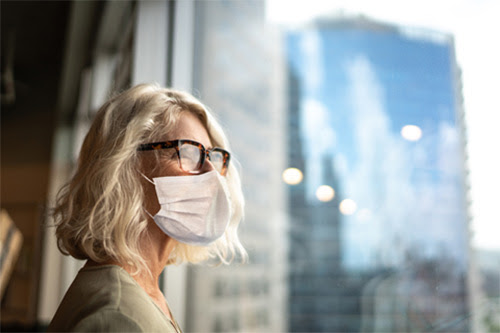By Dr. Sarika Arora, MD
When people contract and test positive for Covid-19, but don’t develop a cough, high fever or other common symptoms of the virus, we call their cases “asymptomatic”. These people are sometimes called “silent spreaders”, because they can unknowingly infect others, and that’s a big factor in the pandemic’s spread.

But as we’re just beginning to understand, being symptomless when you have the virus doesn’t mean that you’ll get off scot free from Covid’s complications. According to newly published research, asymptomatic victims face hidden health dangers, including two that you’ll want to know about right now.
Lung damage still happens
One new study followed a group of 37 asymptomatic patients in China. While participants didn’t show any outward signs of the virus, researchers wanted to know about any changes that might be going on inside their bodies. They used CT scans, a sensitive form of internal imaging, to find out.
What they saw was stunning: 57% of asymptomatic patients had lung scans with “striped shadows” and “ground-glass” patterns — both of which indicate inflammation or damage to the lungs. These patterns are also common in more severe cases of Covid.

Another study by researchers at the Scripps Research Institute in California found similar CT scan results. They focused on a group of asymptomatic cases from the Diamond Princess cruise ship outbreak this spring. In that group, 54% of asymptomatic individuals presented subclinical lung abnormalities. “Subclinical” here means without outward sign or meeting diagnostic levels — it doesn’t mean the damage wasn’t serious.
Chinese researchers theorize these changes in the lungs may be temporary and fade after the virus runs its course. The California study has called for follow up to understand long term effects on respiratory health and lung health. The truth is that, at the moment, we can’t be sure.
What these findings do confirm right now is that Covid taxes the body more severely than symptoms — or the lack of symptoms— reveal.
There’s more research about the danger of “silent spreaders” that shows they are also a bigger danger to others than anyone expected.
Asymptomatic cases have a wider window for “viral shedding”
A process called “viral shedding” occurs when the virus replicates inside the body and is then released into the environment, exhaled in aerosols and droplets when breathing, sneezing, coughing — or even singing.
Over the course of a viral infection, how much of the virus someone will shed and how infectious it is to others varies. Some evidence suggests that coronavirus is most contagious dating from a few days before the onset of symptoms, when viral shedding is high.
Chinese researchers examined viral shedding in their group of asymptomatic patients, and found that it lasted for 19 days on average — which was 5 days longer than for a control group with symptoms! The range of viral shedding for the asymptomatic group was 6 days on the low side to up to 45 days on the high side — a remarkably wide range.
Virologists currently believe that between 40–45% of people who contract Covid-19 remain symptom-free. This is the reason why asymptomatic people are often suspected of being “super spreaders” – because they don’t have symptoms it’s difficult to pinpoint when they are most infectious. And now that we have evidence that their window of viral shedding is so wide, it makes contact tracing and testing to find positive asymptomatic cases even more important so precautions can be taken.

Are young people more likely to be asymptomatic?
The short answer is yes.
We’ve all seen photos and videos of young people congregating in bars and on beaches, happy to be out of quarantine and resume their normal lives — which means an emphasis on social gatherings, sometimes large ones.
But the science says there’s a social risk to that behavior. That’s because young people are more likely to be asymptomatic when infected — which means the silent spreaders are more likely to be young people.
Epidemiologists increasingly believe that this correlation between young people, large social gatherings, and asymptomatic infections is one reason why we are seeing such bursts of new Covid-19 infections in newly-opened states and cities. It’s a phenomenon seen around the world, but nowhere more than in the USA.

What does that mean for you and your family? We suggest there are four main implications:
• If you have young people in your family, make them aware of these risks, and the hidden risk factors that may be preset in your own family. Young people often feel they are invincible, but they don’t want to hurt those they love.
• When you calculate your risks in any given situation — such as whether to go to a family dinner — recognize that young people on average present a higher risk.
• Because cases are rising, you need to remain vigilant about your immune system. Are you do everything you can to support your immune defenses?
• Remember that anyone can be asymptomatic, not just the young. So be careful with your Three C’s: don’t expose yourself to direct or close contact, stay away from crowds, and avoid confinement in enclosed spaces with people you haven’t already been quarantined with.
And remember, you could be a “silent spreader” too — practice the Three C’s for yourself as well as others. We’re all in this together. Maybe for a long time.
Take care and let’s all be well.
 |
COVID-19: How a doctor is supporting her body and soul |
|
|
Shop for Immune Support |
|












